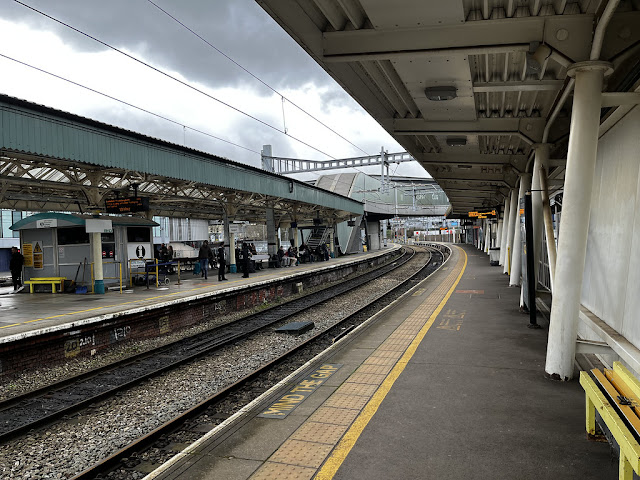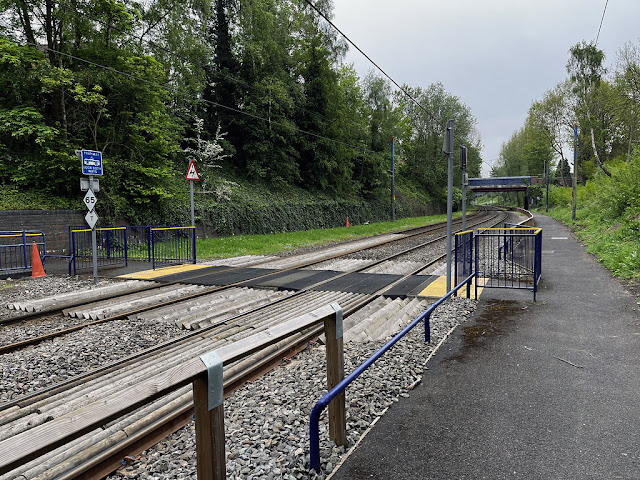Barking is an interchange station in east London between West Ham and Dagenham Dock on the London, Tilbury & Southend Line. It is between Woodgrange Park and Barking Riverside on the London Overground and between East Ham and Upney on the London Underground.
 |
| London Overground 710 273 at Barking |
| Information |
| Type: |
National Rail
(London, Tilbury & Southend Line)
Transport for London (London Overground
GOBLIN, District Line and Hammersmith
& City Lines) |
| Station code: |
BKG |
| Opened: |
1854 |
| Platforms: |
9 |
The station was opened by the London, Tilbury & Southend Railway in 1854. The station was rebuilt in 1889 due to the increased demand with the existing platforms extended and a new third platform added. District Railway trains started using Barking in 1902 [1], the line being electrified in 1908. In 1932 the Metropolitan Line also began to use the station.
In the 1950s the London, Tilbury & Southend Railway was electrified (overhead instead of the Underground's fourth rail). The station was rebuilt in 1961 [2] as part of the electrification and upgrade of the LTSR line, the current booking hall dates from this rebuild. The goods yard was replaced by sidings used by London Underground trains [3]. London Overground GOBLIN (Gospel Oak to Barking Line) services were electrified in 2018.
The station is managed by c2c. The station is the eastern terminus of the London Underground's Hammersmith & City Line.
 |
| An S7 Stock train stands at Barking |
 |
| View across the platforms, the station retains extensive canopies |
 |
| BR era signage alongside trains of more recent vintage |
[1] Jason Cross, London Underground Guide 2017 (Train Crazy, 2017) p. 102[2] J.E. Connor, St Pancras to Barking (Middleton Press, 2005) Fig. 120
[3] Dr Edwin Course, Barking to Southend (Middleton Press, 2002) Fig. 7





















































